Keyword
AdVMIS
2984 record(s)
Provided by
Type of resources
Available actions
Topics
Keywords
Contact for the resource
Update frequencies
Service types
-
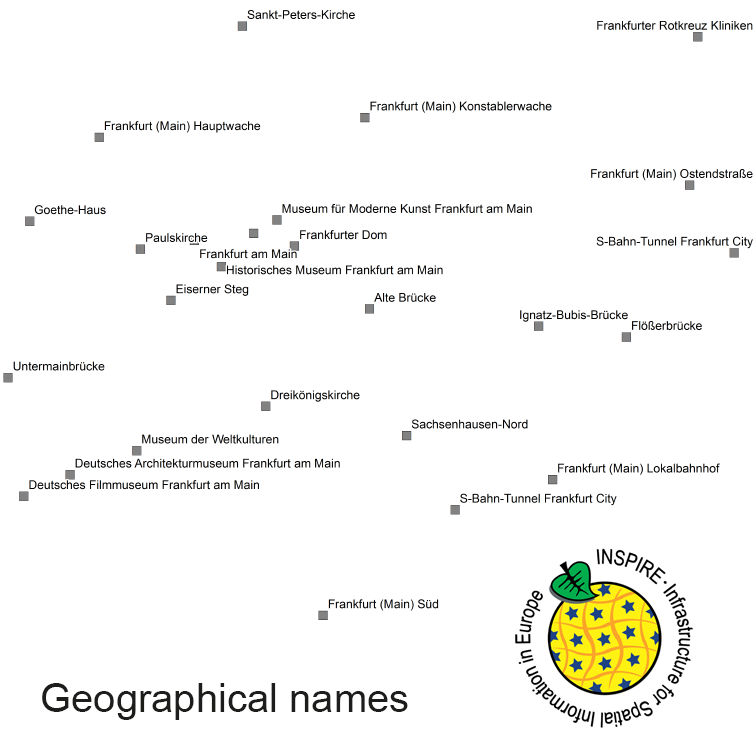
INSPIRE Direct Access Download Service for geographical names of municipalities or parts thereof, landscapes, mountain ranges, mountains, islands, rivers, canals, lakes, seas, etc. Data is provided for the Federal Republic of Germany. The dataset is structured according to the INSPIRE Annex I Theme - Geographical Names. The selection of the geographical names is based on the map scale 1:250.000 and is derived from different statistical sources, Digital Landscape Models 1:250.000 (DLM250) and Digital Elevation Model grid width 10 m (DGM10). This service is published under the Ordinance to Determine the Conditions for Use for the Provision of Spatial Data of the Federation (GeoNutzV) and thereof free of charge.
-
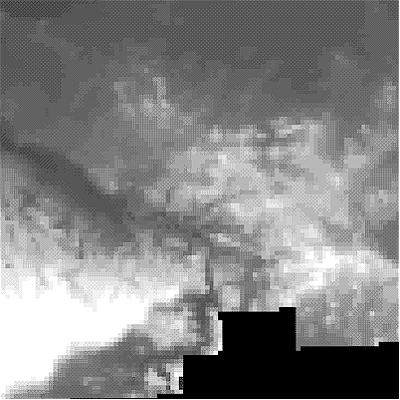
INSPIRE Download Service for Digital Terrain Model Grid Width 200 m (DGM200). The Digital Terrain Model DGM200 describes the terrain forms of the earth’s surface by means of a point quantity arranged in a regular grid, which is georeferenced to planimetry and altimetry. The grid width is 200 m. The data provided through this service covers the area of Germany. Scale: 1:200000 ; Erläuterung zum Fachbezug: WCS Service
-

INSPIRE View Service for geographical names of municipalities or parts thereof, landscapes, mountain ranges, mountains, islands, rivers, canals, lakes, seas, etc. Data is provided for the Federal Republic of Germany. The dataset is structured according to the INSPIRE Annex I Theme - Geographical Names. The selection of the geographical names is based on the map scale 1 : 250 000 and is derived from different statistical sources, Digital Landscape Models 1 : 250 000 (DLM250) and Digital Elevation Model grid width 10 m (DGM10). This service is published under the Ordinance to Determine the Conditions for Use for the Provision of Spatial Data of the Federation (GeoNutzV) and thereof free of charge.
-
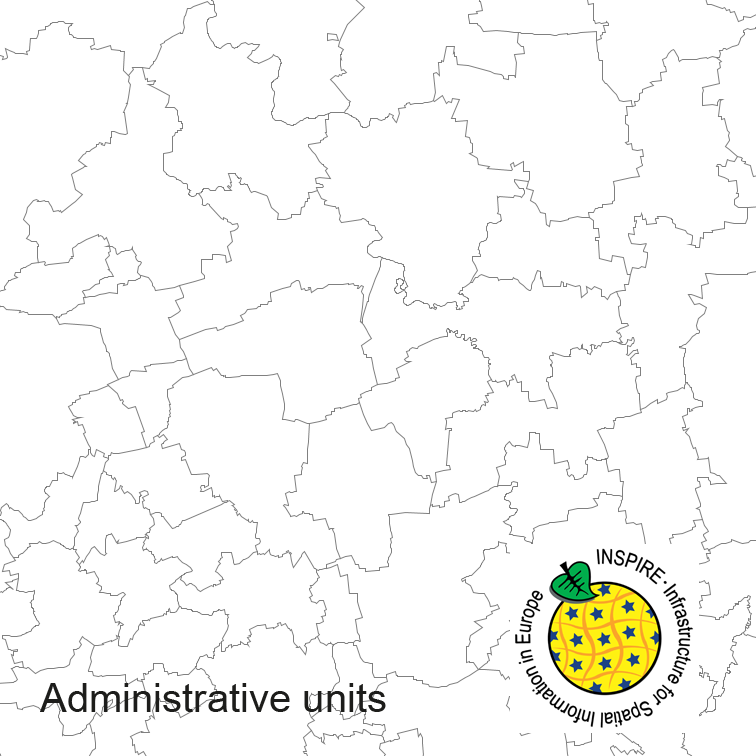
Administrative units of Germany, derived from the german digital landscape model at scale 1:250000. Mapped via EuroBoundaryMap to satisfy INSPIRE and European Location Framework conformance. The dataset is available as Open Data.
-
Die landesweite Erstfassung der Daten für die Berechnung des Digitalen Geländemodells (DGM) / Digitalen Oberflächenmodells (DOM) erfolgte in den Jahren 2000 bis 2005 über Laserscanbefliegung. Die Fortführung der Daten des DGM erfolgt seither partiell auf Datengrundlagen unterschiedlicher Erfassungmethoden. Dieser Dienst setzt sich aus fünf Ebenen zusammen. Die Ebene "ATKIS DGM Laserflüge ALS 1 (2000-2005)" zeigt die Laserfluggebiete der Erstfassung. Get FeatureInfo gibt Auskunft über Flugdatum, Punktdichte, Scanner, Scanwinkel und Flughöhe. Die Ebene "ATKIS DGM Fortführung aus Laserscanning-Daten (2009-2015)" zeigt die Fortführungsgebiete, die über Laserflüge erfasst wurden, die Ebene "ATKIS DGM Fortführung über sonstige Methoden (2011-2015)" Fortführungsgebiete, die mittels Terrestrisches Laserscanning, Bildflügen oder UAV durchgeführt wurden. Get FeatureInfo gibt jeweils Auskunft über Name des Erfassungsgebietes, -,datum, -methode, Losnummer sowie Fortführungsdatum des DGMs. Die Ebene "ATKIS DGM Bearbeitungsübersicht ALS 2 (2016-2021)" zeigt die Darstellung der verfügbaren DGM km² Kacheln aus der Laserscanbefliegung (Punktdichte 8 Punkte\m²) von 2016-2021 mit Flugdatum und die Ebene "ATKIS DGM Laserflüge ALS 2 (2016-2021)" zeigt die Darstellung der Losabgrenzungen der Laserbefliegung für die flächenhafte Aktualisierung von DGM und DOM aus durchgeführten Laserscanbefliegungen (Punktdichte 8 Punkte\m²) von 2016 bis 2021. Get FeatureInfo gibt jeweils Auskunft über Los, Flugdatum, Punktdichte, Scanner, Scanwinkel und Flughöhe. Es wird darauf hingewiesen, dass keine Rechtsverbindlichkeit für die gelieferten Daten besteht.
-

The INSPIRE-conform dataset geographical names Germany is the base for an INSPIRE-conform Web Feature Service (WFS) and Web Map Services (WMS). The dataset includes all relevant feature types from the digital landscape model scale 1:250.000 (DLM250): settlements, transportation, vegetation, hydrography, areas and regions with attributes regarding position (geometry data from DLM250), status and language of the geographical name.
-
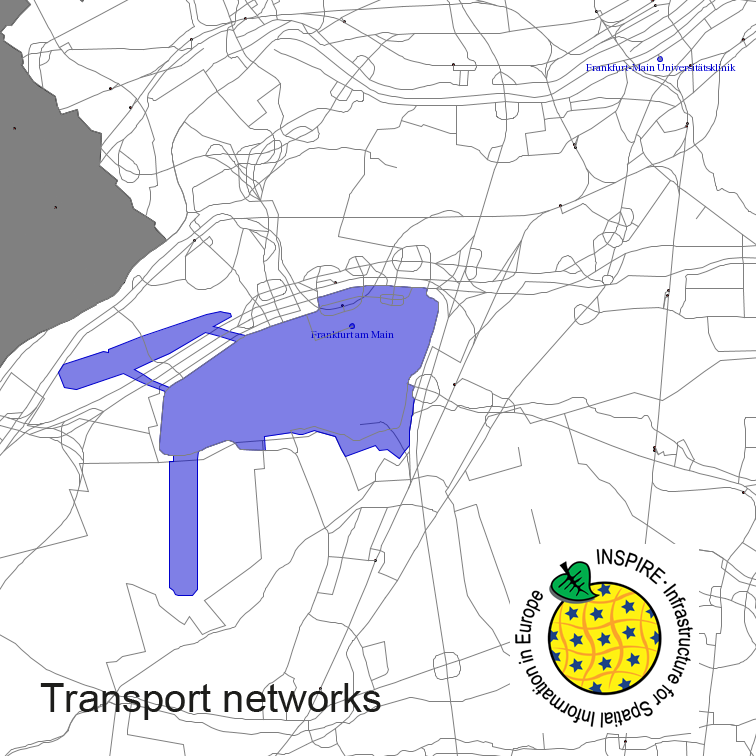
Transport Networks of Germany, derived from the german digital landscape model at scale 1:250000. Mapped via EuroRegionalMap to satisfy INSPIRE and European Location Framework conformance. The dataset contains the road, railway, water and air network and is available as Open Data.
-
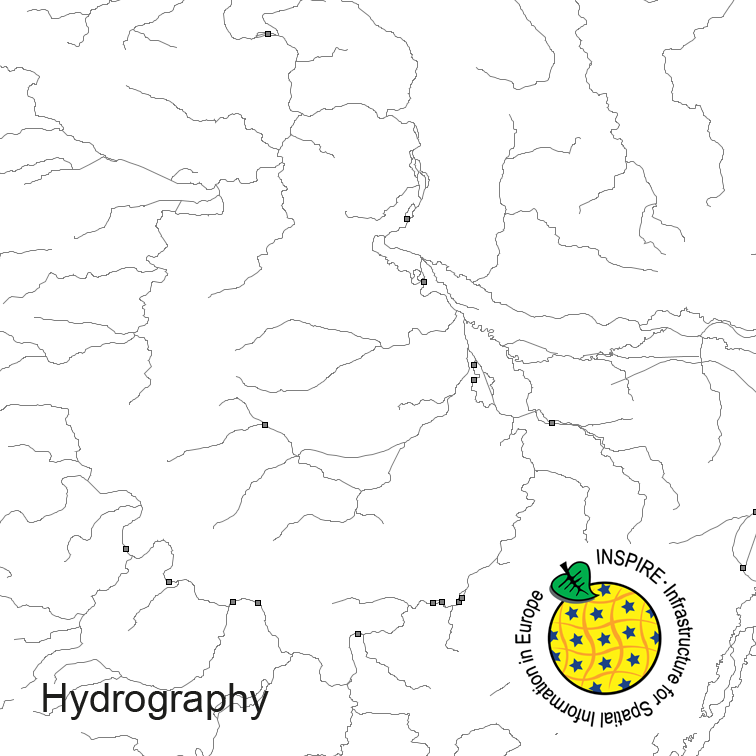
Hydrography of Germany, derived from the german digital landscape model at scale 1:250000. Mapped via EuroRegionalMap to satisfy INSPIRE and European Location Framework conformance. The dataset contains the hydrographic network and physical waters and is available as Open Data.
-
Der WFS-Dienst liefert aktuelle, vektorbasierte ALKIS Daten zu Verwaltungsgrenzen in der NOrA Datenstruktur. Der WFS-Dienst stellt keinen amtlichen Nachweis dar. Der Dienst liefert Flurgrenzen, Gemarkungsgrenzen, Gemeindegrenzen, Kreisgrenzen, Regierungsbezirksgrenzen, Regionsgrenzen sowie Landesgrenze jeweils als FeatureType.
-
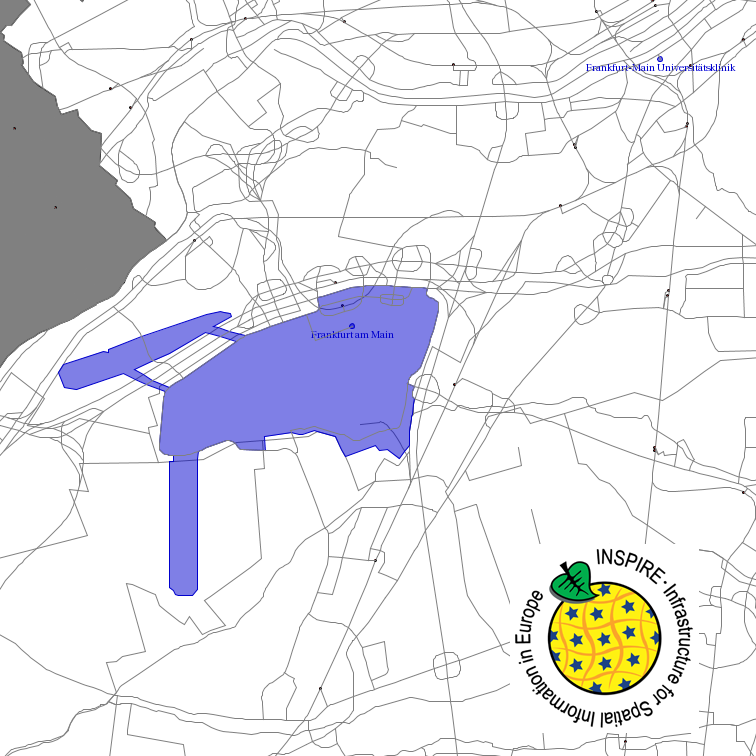
This service provides from ATKIS DLM250 transformed datasets for the INSPIRE themes Transport Networks, Hydrography (Networks and Physical Water), Administrative Units and Protected Sites. The data provided through this service covers the area of Germany.
 www.geodatenkatalog.de (S3L)
www.geodatenkatalog.de (S3L)